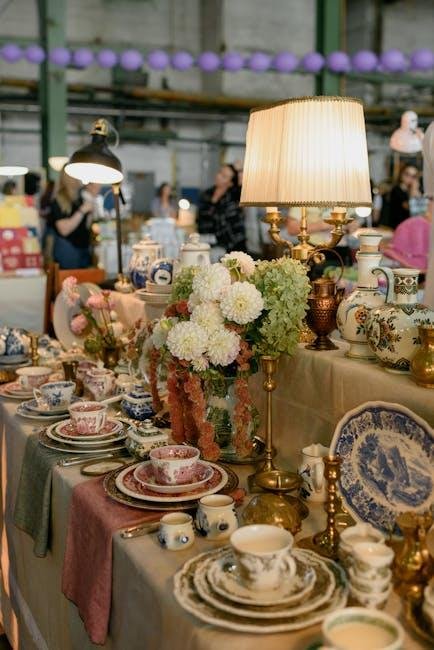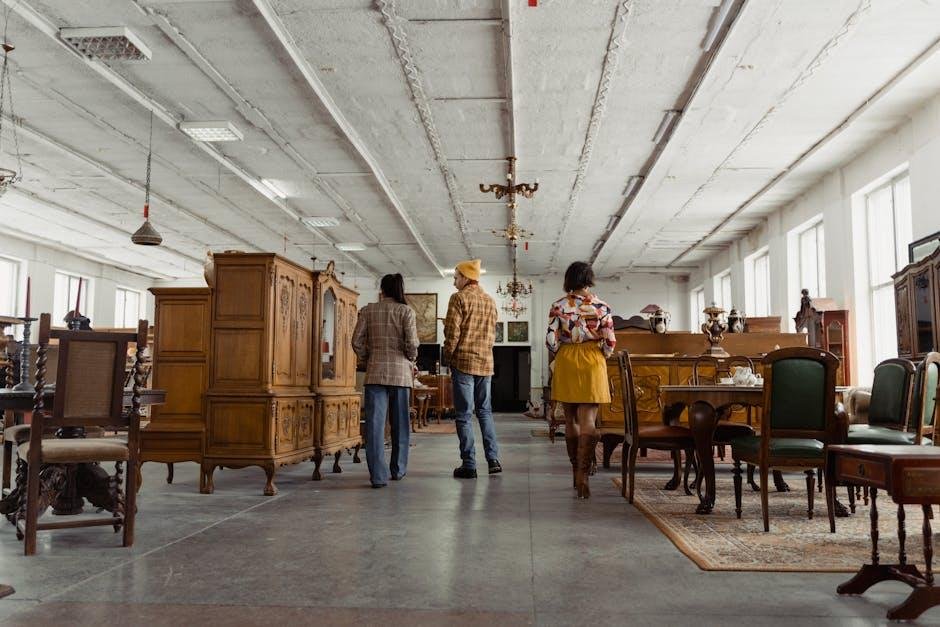Crafting Harmony: tips for Styling a Mixed-Era Room
In the world of interior design, the beauty of blending different eras is both an art and a science. Imagine a space where vintage charm meets modern minimalism, where the ornate details of the past coexist with the sleek lines of contemporary furniture. styling a mixed-era room invites a delightful challenge: how to harmonize distinct styles,textures,and colors to create a cohesive haven. Whether you’re drawn to the nostalgia of mid-century pieces, the eclectic flair of bohemian décor, or the clean aesthetics of modern design, merging thes elements can breathe new life into your home. In this article, we’ll explore practical tips for creating a balanced and inviting mixed-era room, allowing the unique stories of each piece to shine while crafting a unified, stylish environment.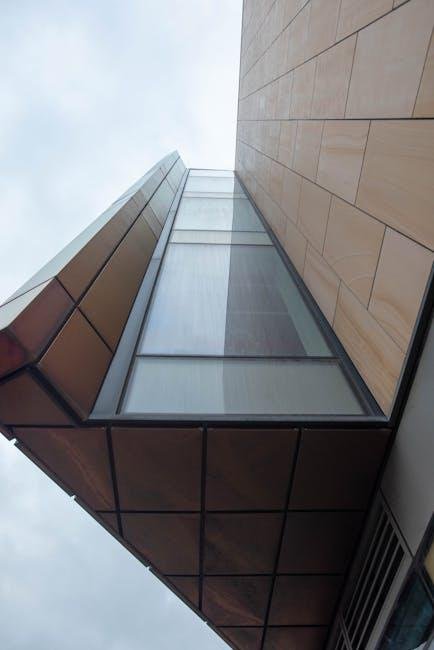
Embracing Contrasts: balancing Old and New Elements
Creating a cohesive space that beautifully marries both contemporary and vintage elements requires a thoughtful approach. Start by selecting a color palette that can work harmoniously across eras. For example, choose soft neutrals that can support both rustic wooden accents and sleek modern finishes. Incorporating statement pieces from different time periods—like a mid-century modern chair combined with an antique side table—can create visual interest. To ensure these contrasts complement rather than clash, aim for pieces that share similar textures or tones, allowing them to coexist without overwhelming each other.
Another vital aspect of this layout is the layering of materials. A plush, modern rug can soften the sharp edges of industrial furniture, while adding vintage textiles like quilts or embroidered pillows brings warmth to the space. Consider using a mix of lighting sources,such as a vintage chandelier paired with minimalist floor lamps,to blend styles seamlessly.When it comes to artwork and accessories, strategically placing contemporary art pieces within an antique frame or using modern sculptures alongside traditional ceramics can pique interest and encourage dialog about differing time periods. This thoughtful curation not only enhances aesthetic appeal but also creates a narrative that reflects the story of the room.

Color Harmony: creating a Cohesive Palette Across Decades
Achieving color harmony in a mixed-era room is essential for creating a space that feels unified rather than chaotic. To establish this visual cohesion, consider selecting a base color that serves as the anchor for your palette. This color should resonate with elements from various decades incorporated into your design. Then, introduce accent colors that complement your base color, drawing inspiration from key pieces in the room. A combination of muted shades and vibrant pops can create a dynamic yet balanced look. Here are some tips to help you along the way:
- Choose a Neutral Background: use light or neutral colors for walls and large furnishings to create a calming backdrop.
- Mix Textures: Combine different fabric textures (e.g., velvet, linen, leather) to add depth without overwhelming your color scheme.
- Limit the Palette: Stick to 3-4 colors to maintain visual harmony while still allowing for playful contrasts.
- Incorporate Vintage Finds: Integrate timeless pieces that naturally bridge color gaps between eras.
| Color Type | Example Use |
|---|---|
| Base Color | Soft beige walls |
| Accent Color | Emerald green throw pillows |
| Textural Color | Rust orange velvet couch |
Another vital aspect to consider is the role of lighting in enhancing your color palette. Natural light can shift the perception of colors throughout the day, making it essential to observe how your chosen colors behave under varying light conditions.Layering different light sources, such as ambient, task, and accent lighting, can definitely help unify the hues in the room. Moreover,elements like artwork or decorations can serve as focal points that draw together disparate colors.A cohesive look can often be achieved through the inclusion of:
- Artwork: Select art pieces that incorporate colors from your palette.
- Natural Elements: Introduce plants that not only beautify but also complement the existing hues.
- Functional Accessories: Use vases, books, or throws that resonate with your color scheme for an effortless blend.
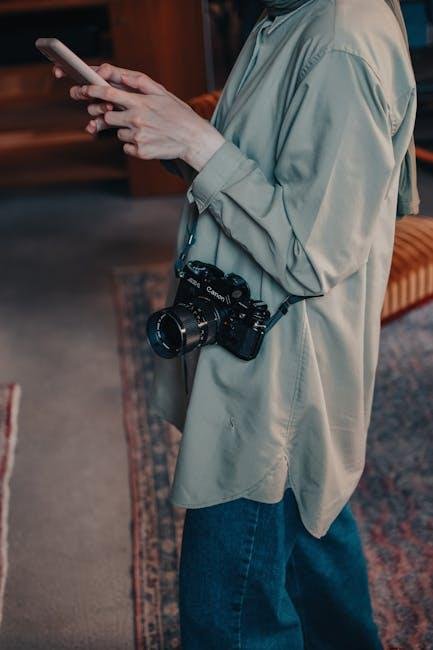
Furniture Fusion: Selecting Pieces that Complement Each Other
To achieve a harmonious balance in a room that features furniture from different eras,start by identifying key elements that can bridge the styles. Focus on colors, materials, and shapes that resonate with each other. For example, a classic wooden table can pair beautifully with mid-century modern chairs if they share a common hue or finish. consider accent pieces that can tie various sections together,such as a vintage rug that incorporates colors from both modern sofas and retro armchairs.
When selecting items, pay attention to the scale and proportion. Items that are too disparate in size can disrupt the flow of the room. A beautifully crafted industrial coffee table can serve as a stunning centerpiece if surrounded by plush, contemporary sofas, creating an inviting contrast. Here are some tips for evaluating your selections:
- Color Palette: Match or complement colors for cohesion.
- Material Consistency: Use similar textures to create unity.
- Shape Harmony: Balance angular pieces with softer curves.
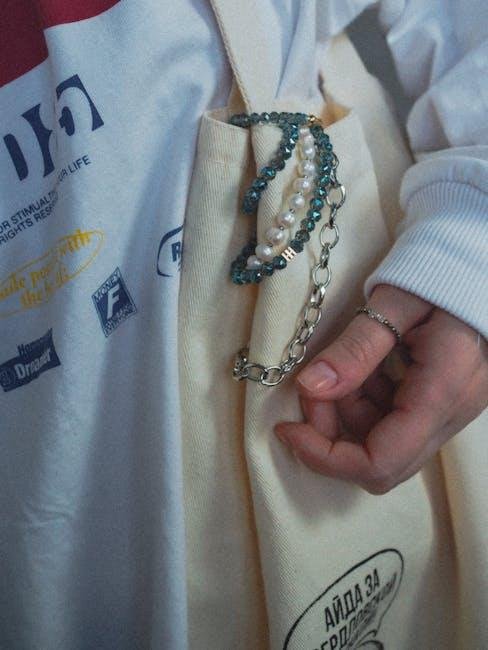
Accessorizing with Intent: Curating Decor that Ties Eras Together
Accessorizing a mixed-era room is all about creating a harmonious dialogue between different elements from the past and present. To achieve this balance, consider selecting accent pieces that share common themes or colors, allowing disparate styles to coalesce. For example,you can blend mid-century modern furniture with industrial lighting fixtures,tying them together with a unified color palette. When selecting art and decor, opt for vintage finds or modern reproductions that echo the same design motifs, giving a sense of cohesion without sacrificing individuality.
Furthermore, interpersonal storytelling can be woven into your decor through curated collections. Think about displaying treasured heirlooms alongside new contemporary art.A stylish way to subtitle your eclectic narrative is through:
- layered Textiles: Use throws and pillows that channel different textures and patterns.
- Eclectic Gallery Walls: Mix framed art from various periods,placing them with strategic spacing for visual impact.
- Functional Vintage Pieces: A retro console table can serve as a chic focal point while providing practicality.
Explore the following table for a fast reference on how to blend various decor styles effectively:
| Style | Element to Incorporate |
|---|---|
| Mid-Century Modern | Wooden furniture with geometric shapes |
| Industrial | Metal accents and exposed fixtures |
| Bohemian | Colorful textiles and unique patterns |
The Way forward
As we wrap up our exploration of styling a mixed-era room,remember that the beauty of this eclectic approach lies in its ability to tell your unique story. Each piece you choose adds a layer of history and personality, creating a harmonious dialogue between eras that reflects who you are. Don’t be afraid to experiment and let your intuition guide you—layering textures, colors, and styles can led to unexpected delights.
Ultimately, a mixed-era room is not just about juxtaposition; its about connection—the connections between the past and present, between varied influences, and between the styles you love. So go ahead, combine those cherished antiques with sleek modern lines, and infuse your space with the character that only you can bring. Your home is a canvas waiting to be painted—a delightful fusion of timelines, tastes, and tales. Embrace the journey, and enjoy styling your very own masterpiece.



